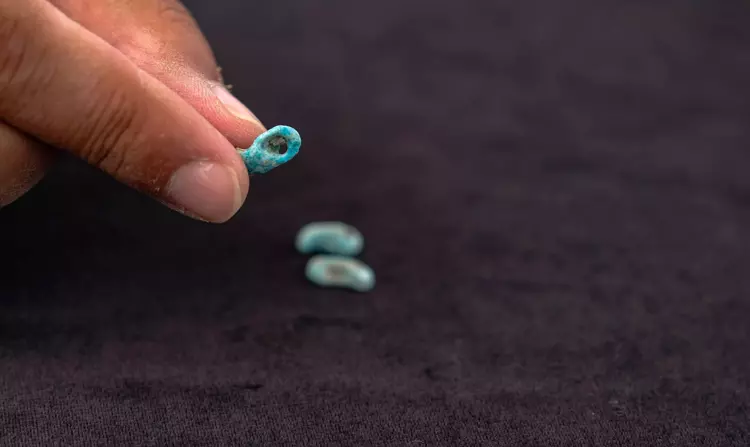
Seljuk Traces in St. Paul’s Lystra: Oldest Examples of the Evil Eye Bead Found
Archaeological excavations in Lystra, the ancient city known from the Bible as one of the places visited by St. Paul the Apostle, have revealed Seljuk-era traces and turquoise-colored “evil eye” beads inside children’s graves. Researchers believe these beads represent a cultural bridge — where Turkic beliefs merged with earlier Anatolian traditions, giving birth to the modern nazar boncuğu, a symbol now inseparable from Turkish identity.
The excavations are led by Assoc. Prof. İlker Mete Mimiroğlu of Necmettin Erbakan University’s Department of Art History, conducted under the “Heritage for the Future” Project of Türkiye’s Ministry of Culture and Tourism, with support from Konya Metropolitan Municipality and Meram Municipality.
Located near Hatunsaray in Konya’s Meram district, Lystra was founded by Emperor Augustus as a Roman colony and later became an important center of early Christianity.
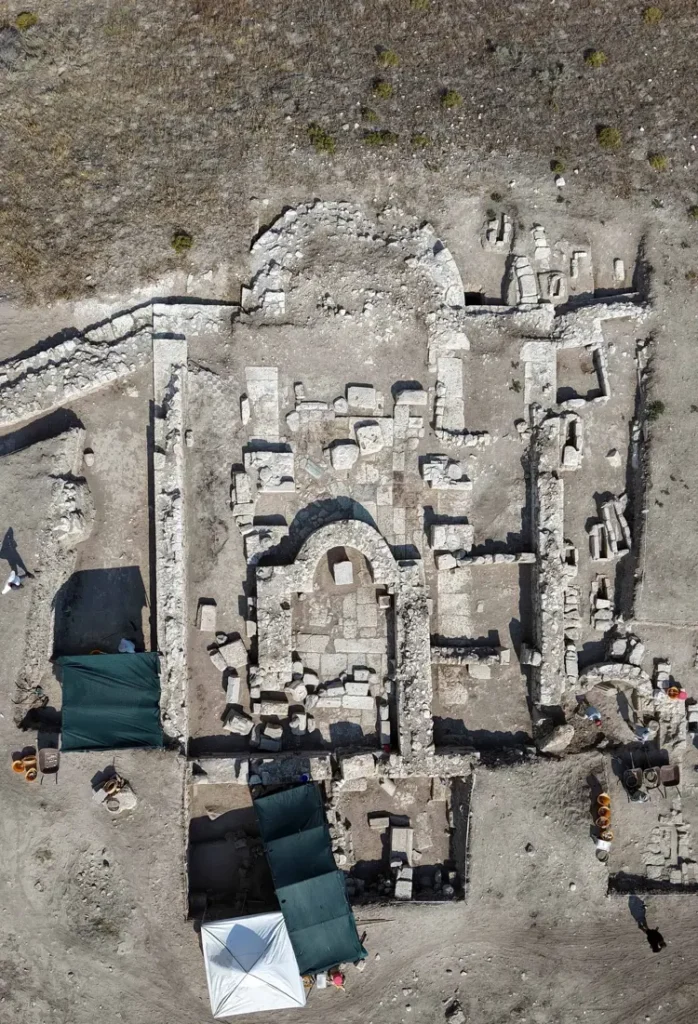
The Church of the Bishop and Its Four Phases
Excavations have focused on a large structure identified as the city’s Episcopal Church, where archaeologists uncovered evidence of four distinct construction phases.
“The earliest phase was a richly decorated basilica with a wooden roof and gilded mosaics, used from the 6th to the 8th century AD,” Mimiroğlu explained. “We found clear traces of a major fire, possibly linked to early Islamic incursions. Experimental analysis continues to determine how intense the fire was.”
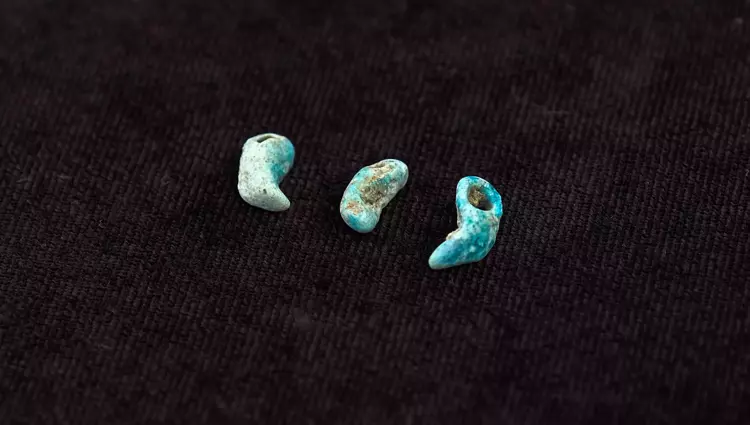
Seljuk-Era Graves and Turquoise Beads
In later centuries, the ruined church was partly rebuilt as a smaller chapel, reusing stones from older Roman structures. During these excavations, archaeologists discovered two Seljuk coins and around 40 burials, including two child graves containing turquoise-colored clay beads.
📣 Our WhatsApp channel is now LIVE! Stay up-to-date with the latest news and updates, just click here to follow us on WhatsApp and never miss a thing!!
“These finds suggest that the chapel was used by Christian communities living under Seljuk rule,” said Mimiroğlu.
“The turquoise color is particularly significant — a hue characteristic of Turkic culture. In antiquity, the circular dot motif symbolized protection from evil. Here, we see how that motif merged with the Turkic tradition, evolving into the nazar boncuğu, the evil eye bead we still use today.”
Archaeological Evidence of Seljuk Tolerance
The discoveries also highlight religious coexistence under the Seljuks.
“When the Seljuks took control of the region, the local people did not vanish,” Mimiroğlu noted. “They continued their lives under a broad spirit of tolerance — and these artifacts are silent witnesses of that continuity.”
Cover Photo: A turquoise “evil eye” bead unearthed from a Seljuk-era child’s grave in the ancient city of Lystra, Konya. Credit: DHA
You may also like
- A 1700-year-old statue of Pan unearthed during the excavations at Polyeuktos in İstanbul
- The granary was found in the ancient city of Sebaste, founded by the first Roman emperor Augustus
- Donalar Kale Kapı Rock Tomb or Donalar Rock Tomb
- Theater emerges as works continue in ancient city of Perinthos
- Urartian King Argishti’s bronze shield revealed the name of an unknown country
- The religious center of Lycia, the ancient city of Letoon
- Who were the Luwians?
- A new study brings a fresh perspective on the Anatolian origin of the Indo-European languages
- Perhaps the oldest thermal treatment center in the world, which has been in continuous use for 2000 years -Basilica Therma Roman Bath or King’s Daughter-
- The largest synagogue of the ancient world, located in the ancient city of Sardis, is being restored

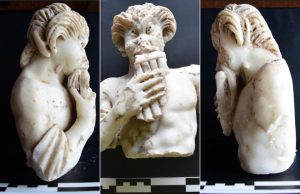
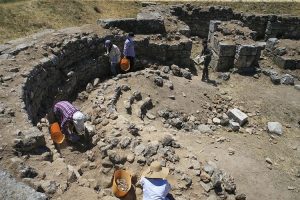
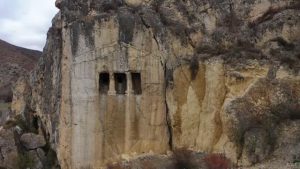
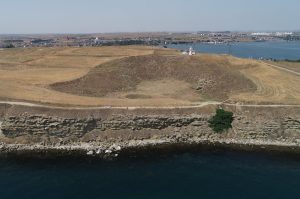
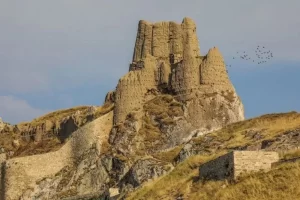
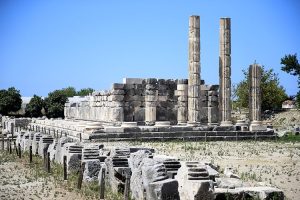


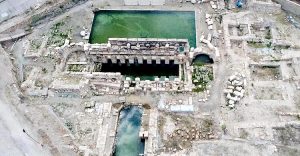
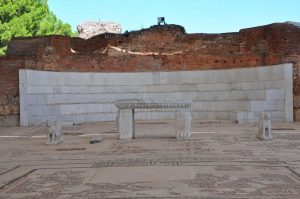
Leave a Reply